Lotus Lantern Festival(Yeondeunghoe)
Seoul’s River of Light and Prayers
2026/05/15 - 2026/05/16
Every spring, the heart of Seoul is gently illuminated by the Yeondeunghoe (Lotus Lantern Festival). With over a thousand years of history, this festival celebrates Buddha’s Birthday, filling streets and temples with color, light, and the prayers of the people. Whether you seek a spiritual experience, want to enjoy Korean culture and art, or simply wish to witness one of Asia’s most enchanting nights, Yeondeunghoe offers an unforgettable opportunity.
The reflections of countless lanterns on Cheonggyecheon Stream, the rhythm of drums and Buddhist chants, the scent of incense and sweet rice cakes, and the delicate feel of hanji paper in your hands… Even strangers naturally connect with smiles, and the entire city is wrapped in a gentle air of peace and happiness.
Main Attractions
Lantern Parade
The highlight of the festival is the grand lantern parade along Jongno Street. Tens of thousands walk with lotus lanterns in hand, while giant lantern floats shaped like dragons, elephants, and Buddhas light up the night sky. Traditional music, monks in ceremonial robes, and groups from across Korea and abroad join in, creating a river of light flowing through Seoul.
Lantern Making Workshops & Temple Fairs
Before the parade, lantern-making workshops are held at Jogyesa Temple and on the streets, where you can fold colorful hanji paper into lotus or animal-shaped lanterns. Temple fairs offer calligraphy, temple cuisine tastings, and corners where you can tie your wishes to lanterns. The air is filled with the scent of incense, the sound of paper, and laughter.
Traditional Performances & Rituals
During the festival, there are many stages for traditional music, Buddhist chants, and folk dances. Monks perform peace prayers, and the lighting of the main lantern is a moving moment filled with hope. At night, lanterns are floated on Cheonggyecheon Stream, their light and prayers reflecting on the water in a magical scene.
Costumes and Decorations
Many participants wear hanbok or monks’ robes, enhancing the beauty of the festival. The city is adorned with countless lanterns, lotus motifs, and colorful banners, while temples are filled with lanterns hung from the ceiling, each carrying the wishes of visitors and devotees.
Traditional Food & Drink
Enjoy temple dishes like lotus root salad, sweet rice cakes (tteok), and herbal teas. Street stalls serve hotteok (sweet pancakes), yakgwa (honey cookies), and fresh juices. The aroma of roasted chestnuts and incense mingles with the spring night air, making food stalls a highlight of the festival.
Cultural and Historical Background
Yeondeunghoe traces its origins to the Silla Dynasty in the 7th century. As Buddhism spread as a state religion, lanterns were lit in temples and throughout the city to celebrate Buddha’s Birthday, giving thanks and praying for peace, abundance, and family well-being. Especially in royal palaces and temples, countless lights illuminated the night, marking the arrival of spring with solemn prayers.
Through the Goryeo and Joseon dynasties, Yeondeunghoe became popular among commoners as well, evolving into a “spring social event” where communities, families, and friends gathered to share wishes. Despite wars, social upheaval, and modernization, the prayers for hope, healing, and peace embodied in the lanterns have remained a spiritual pillar of Korean society.
Today, Yeondeunghoe has evolved into an open festival for all, regardless of age, nationality, or faith. Through lantern-making, parades, temple experiences, and traditional performances, it plays a major role in strengthening community bonds, fostering intergenerational and international exchange.
In 2020, Yeondeunghoe was inscribed as a UNESCO Intangible Cultural Heritage, recognized for its historical and cultural value. Lighting a lantern and entrusting it with your wishes symbolizes the universal hope to brighten the future for oneself, family, and society, making it an important moment of spring renewal, hope, and solidarity for the Korean people.
Participant Voices
As an exchange student, I was deeply moved by how warmly everyone welcomed me. I made a lotus lantern at Jogyesa, tasted temple food, and talked with monks about the meaning of the festival. It was an unforgettable night.
Fun Facts
- Over 100,000 lanterns light up Seoul’s night during the festival each year.
- With a history of over 1,200 years, it is one of Korea’s oldest traditional events.
- Lanterns are made from hanji (traditional Korean paper), known for its strength and beauty.
- The festival is open to everyone, regardless of religion or nationality.
Festival Dates
Yeondeunghoe is held every spring around Jogyesa Temple, Jongno Street, and Cheonggyecheon Stream in Seoul. Join the lantern parade, try making your own lantern, and experience the magic of sending your wishes into the night sky.
The event schedule is subject to change. Please check the official website for the most up-to-date information.
Media
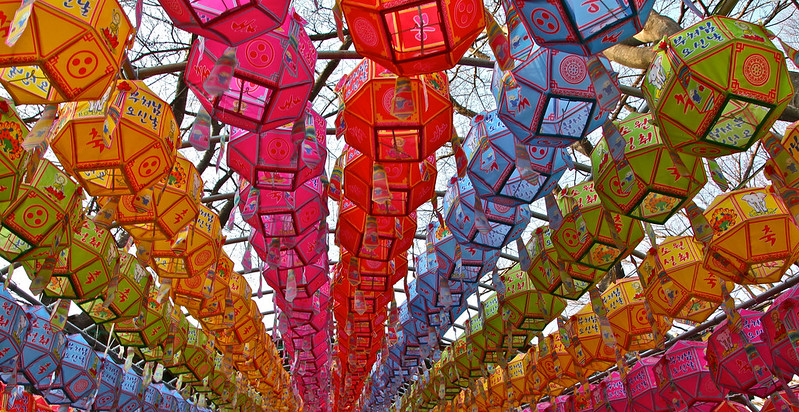
photo by Arjun Purkayastha
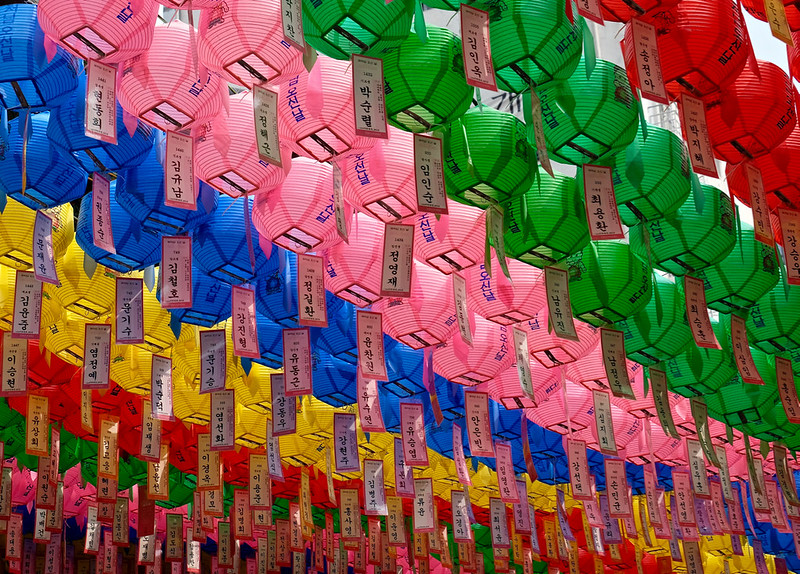
photo by Mondmann
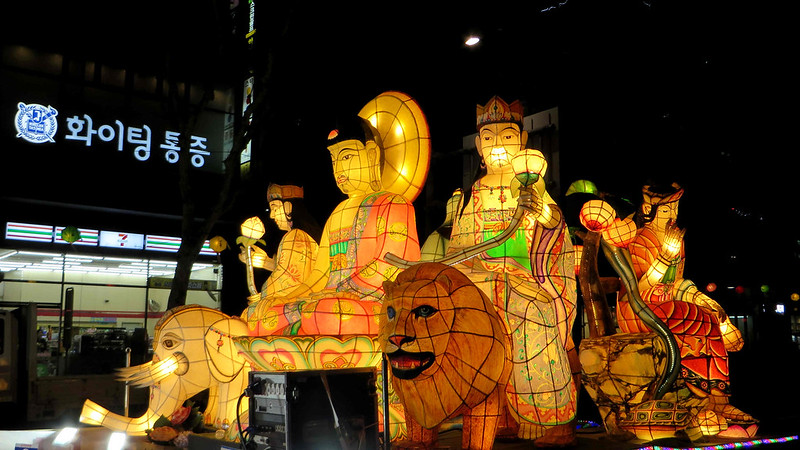
photo by Sanida
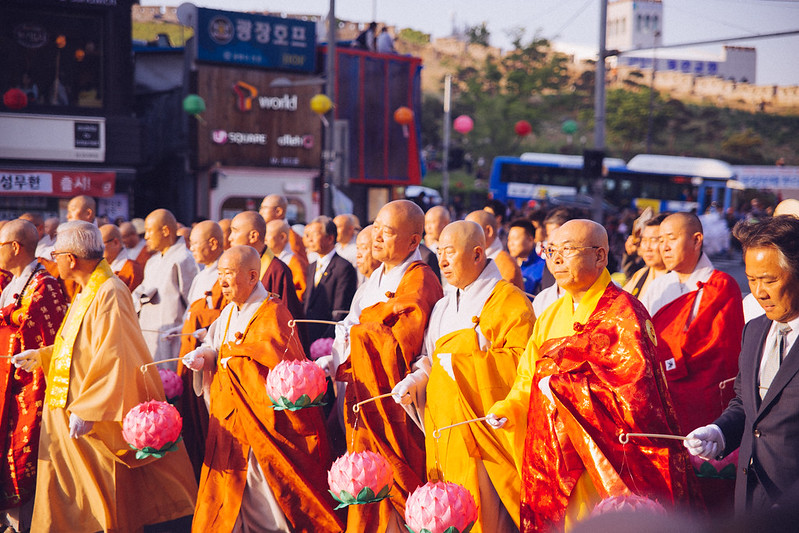
photo by Alex Barlow
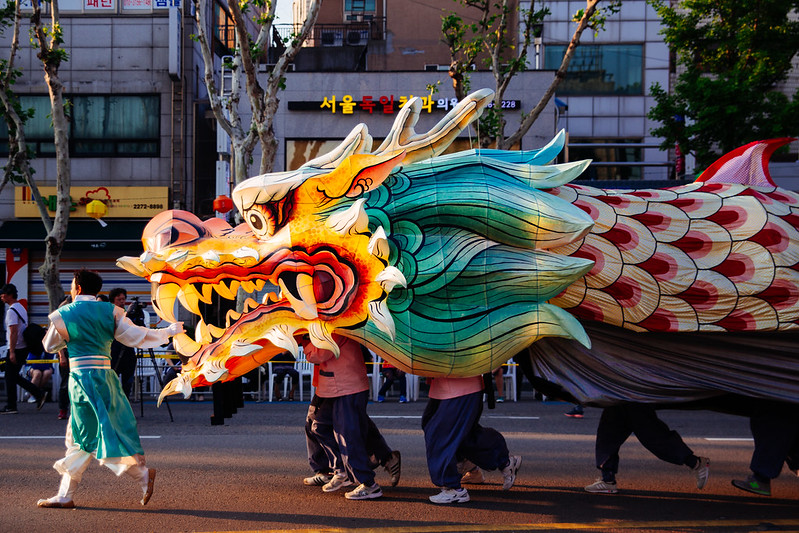
photo by Alex Barlow
Information
| Name | Lotus Lantern Festival(Yeondeunghoe) |
| Country | Korea |
| Area | Seoul |
| Date | 2026/05/15 - 2026/05/16 |
| Link |
Upcoming Festivals
Whirling Dervishes Festival Turkey
A Mesmerizing Dance of Divine Love
2025/12/06Mevlana Celaleddin Rumi Commemoration Ceremony ( Şeb-i Arus ) Turkey
A Whirling Journey to Divine Love
2025/12/10Dia de la Virgen de Guadalupe Mexico
A Festival Weaving Faith, Fervor, and Mexican Identity
2025/12/11L'Escalade Switzerland
Geneva’s Grand Winter Festival of Courage, Chocolate, and Community
2025/12/12Umkhosi Wokweshwama South Africa
The Zulu First Fruits Festival—A Sacred Celebration of Land, Ancestors, and Renewal
2025/12/12Lucia Festival (St. Lucia's Day) Sweden
A Festival of Light Illuminating the Nordic Darkness
2025/12/15Las Posadas Mexico
The Luminous Quest for Sacred Shelter
2025/12/22Noche de Rabanos (Night of the Radishes) Mexico
A celebration blending art, farming heritage, and cultural traditions
2025/12/23Chant of the Sybil on Majorca Spain
A Medieval Prophecy Echoes Through Majorcan Christmas
2025/12/23‘Hatajo de Negritos’ and the ‘Hatajo de Pallitas’ Peru
A Christmas Festival of Rhythm, Faith, and Afro-Andean Heritage in Peru’s Ica Region